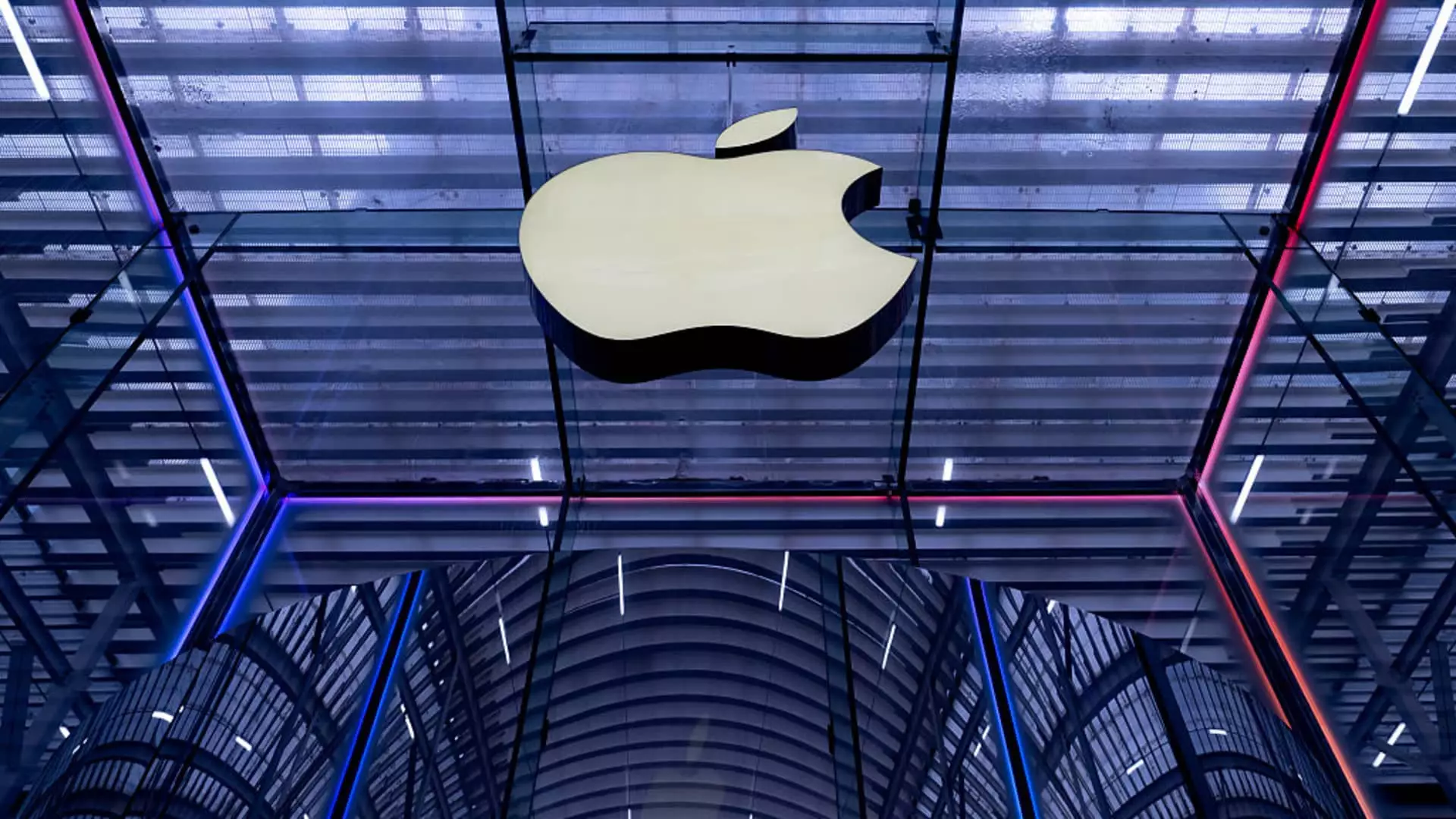Apple, the quintessential tech titan, finds itself increasingly entangled in the geopolitical maelstrom that threatens its global supply chain and profitability. Despite its brand strength and innovation prowess, the company’s future seems more vulnerable than ever due to mounting political pressures, especially from the United States’ trade policies. The looming specter of tariffs on Chinese-manufactured iPhones and the push to shift production domestically highlight a pivotal dilemma: can Apple sustain its growth in an increasingly protectionist environment? The answer, at least in the short term, appears bleak. Investors are rightly jittery, evidenced by the market’s tepid response—Apple’s shares have stumbled over the past few months, trailing behind the broader S&P 500. This underperformance underscores a growing skepticism about the company’s ability to navigate these turbulent waters without sacrificing margins or alienating its global customer base.
The Illusion of Self-Reliance: The Myth of a U.S.-Based Future
The recent announcement of a manufacturing academy in Detroit offers a veneer of resilience but undercuts the stark reality: U.S.-made iPhones face astronomical costs that could price out many consumers. Estimates suggesting a $1,500 to $3,500 price tag are not just numbers—they’re a stark warning that Apple’s push for domestic production might undermine its core value proposition: premium affordability. The transition from an overly China-dependent manufacturing model to a more diversified—and arguably more expensive—supply chain is a strategic gamble. It risks inflating costs and diluting the brand’s traditional appeal to mass affluent buyers, particularly in markets like China where price sensitivity is acute and market share is slipping. Even with India surpassing China as a major smartphone exporter, Apple’s reliance on cost-efficient manufacturing hubs remains fundamental. The narrative of domestic revitalization appears more like an expensive political gesture rather than a viable long-term solution, especially when market dynamics favor cost-efficiency—a lesson that some American companies seem slow to grasp.
Macroeconomic Pressures and Market Share Erosion: An Unfavorable Combination
The macroeconomic landscape offers no solace for Apple. With global inflation, varying interest rates, and stock market volatility, consumer spending is subdued at best. According to analysts like Barclays’ Tim Long, Apple’s revenue and profit growth could face stagnation or decline, especially given the lack of groundbreaking product introductions recently. The fear of losing market share in China and other emerging markets looms large. The company’s attempt to diversify manufacturing regions is a defensive measure, not a growth catalyst. Apple’s current product lineup, despite its quality and ecosystem integration, appears to be reaching a maturity point—lacking the innovation punch needed to excite consumers and justify premium pricing. As a result, demand may erode further, compelling Apple to consider price cuts that could chip away at its profit margins and brand prestige.
Entertainment and Consumer Engagement: A Double-Edged Sword
Beyond hardware, Apple’s investments in content, exemplified by Apple TV+ and hit series like “Severance,” serve as strategic diversifications. Yet, these are vulnerable to shifting consumer preferences and intense competition within the streaming industry. While “Severance” has gained popularity, it remains a relatively niche offering compared to the sprawling content ecosystems of rivals like Netflix or Disney+. The assumption that entertainment can serve as a substitute for hardware innovation is a risky gamble; it risks diluting Apple’s core identity and relying on nonessential revenue streams amid uncertain economic times. The global success of films like “F1: The Movie” cannot obscure the fact that entertainment alone cannot compensate for stagnating device sales, especially when consumers become more cautious about spending.
Is Apple Really Prepared for the Storm or Just Riding Its Past Glory?
The critical question remains: is Apple truly resilient enough to withstand these mounting headwinds, or is it living on borrowed time? Despite the high cash reserves and loyal user base, signs of waning enthusiasm, slowing sales, and a competitive landscape strangling margins reveal deeper vulnerabilities. The company’s strategy of diversification—while prudent on paper—is fraught with execution risks and elevated costs. Moreover, the political economy of trade and tariffs is out of Apple’s control, and its reliance on external factors makes its future inherently uncertain.
While investors cling to hopes of a slight bounce in earnings, the stark reality is that Apple’s golden era of effortless growth may be behind it. As tariffs, supply chain disruptions, and fierce global competition collide, the company is forced into a defensive stance—one that could erode the premium image it has fought so hard to cultivate. The next few quarters will serve as a litmus test for whether Apple can adapt or whether it will be left in the dust of more agile, less burdened competitors.

